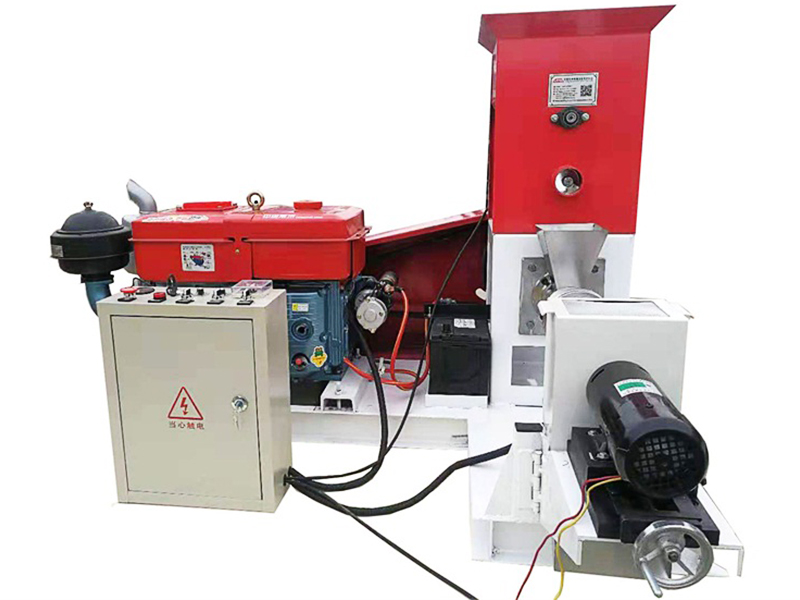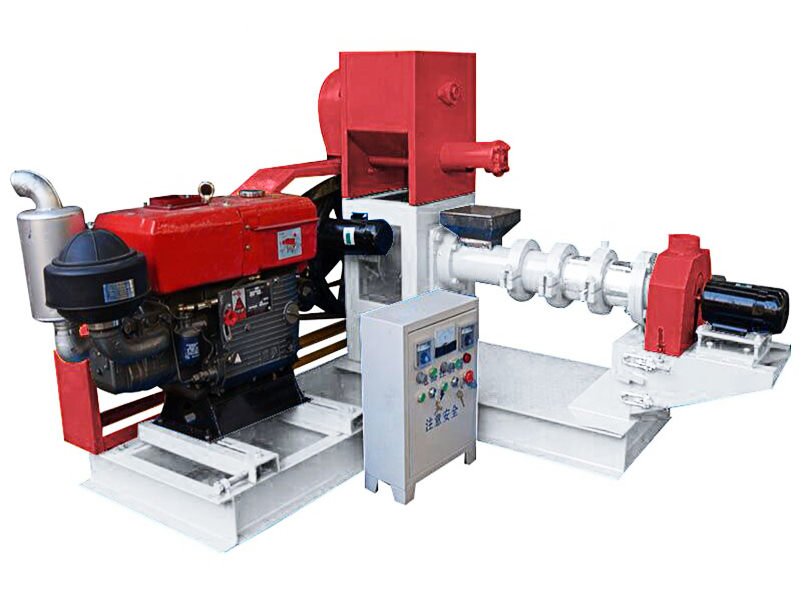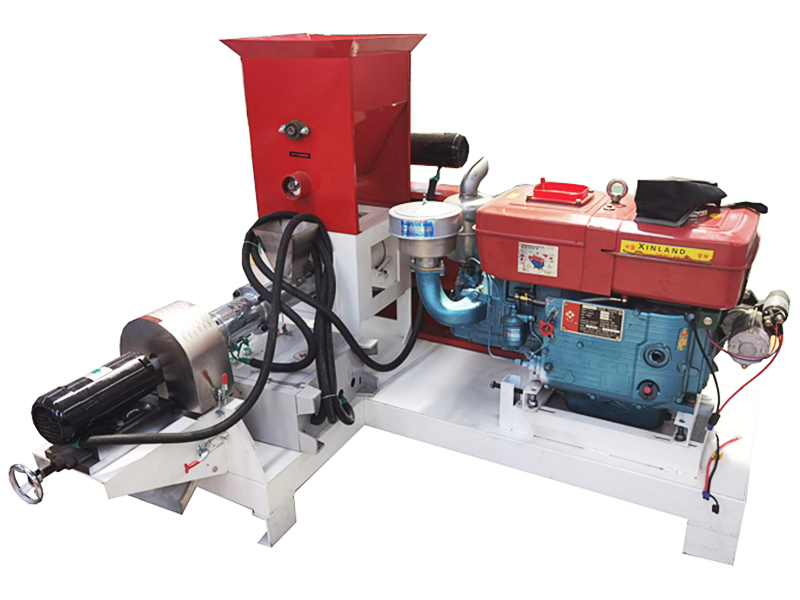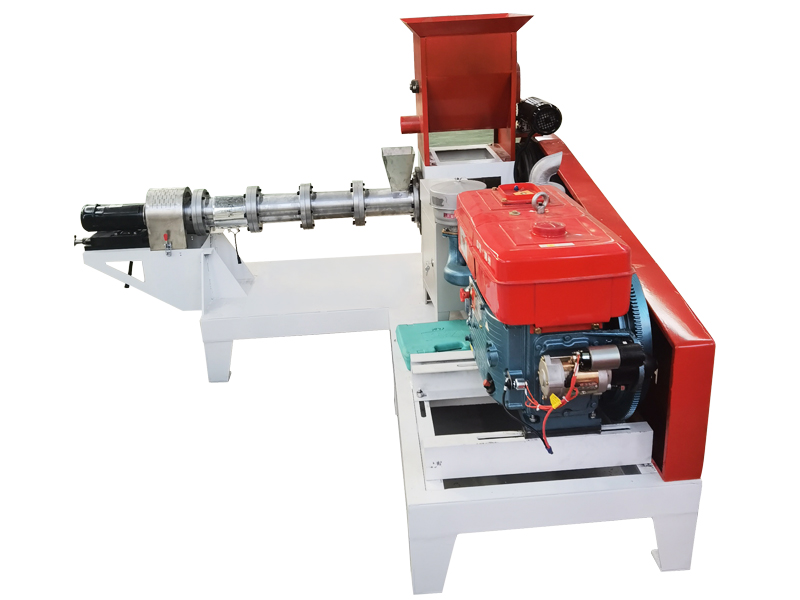



Sep 6, 2021 · Such interventions include improving feed quality by upgrading crop residues, concentrate supplementation, that effectively reduce enteric CH 4 production and emission intensity while improving feed conversion efficiency and miscellaneous sustainable livestock intensification strategies that improve productivity while minimizing the negative
Implemented a national social marketing campaign dubbed “Eat Ghana Chicken” to promote consumption of locally produced chicken. More than 500,000 people were reached through the campaign. 11 poultry firms and six groups adopted the campaign strategies.
It was concluded that production constraints like high incidence of disease and mortality and dry season feed gaps were major factors affecting smallholder livestock production in Northern Ghana. The availability of grazing land, however, presented a good production opportunity if feed resources it contained could be well managed.
Jun 29, 2013 · However, to produce feed that meets the needs of local livestock farmers and provides the same (or better) value than imported foreign feed will require some significant investment in machinery, equipment and inventory. Animal feed manufacuturing is a capital-intensive business.
production can drop by about 70 -80 % from the wet to the dry season due to lack o f adequate water and other related reasons. Dairy farmers generally use locally available feed resources, such as natural pastures, crop residues, cut-and -carry grass, forage crops and local feedstuffs (including agro -industrial by -products). Communal grazing of
Feb 5, 2021 · The livestock production system in Ghana is predominantly extensive and, therefore, restrictions on the movement of herdsmen and their animals have had significant impacts on feeding and production. Most of the herders are young men hired by cattle owners to take care of their animals throughout the year.
May 1, 2014 · The involvement of women in livestock production in the Coastal Savannah Plains of Ghana was low (15 %). Forty-nine percent of ruminant livestock keepers interviewed had only one type of
Jul 11, 2015 · Alternative ingredients. The following is an overview of three alternative ingredients being introduced to Ghanaian animal feed rations. 1. Cocoa pod husk (CPH): Cocoa pod husks are available in large quantities and can serve as a major animal feed ingredient. Ghana and most West African nations produce very significant quantities of cocoa.
To develop, promote and sustain poultry and livestock production for food security, employment creation and income generation through research, effective technical support, extension services, agro-business and industry, whilst ensuring that gender and environmental issues are adequately addressed.
Apr 21, 2023 · Whilst locally produced and imported feeds are easily available on the market, most small pond farmers find them expensive, and try to avoid this problem by using self-formulated feeds. Tilapia make up 80% of Ghana's aquaculture production, with the remainder being accounted for by catfish.
The Livestock Development in Ghana, Policies and Strategies (PS) is a national sectoral law to guide livestock development in Ghana. It was developed by the Ministry of Food and Agricore of Ghana in 2004 with goals to be reached by 2015. The PS will seek a well-developed, modernized, efficient and profitable livestock industry capable of
Feb 13, 2019 · At many livestock feed shops in Ghana’s towns and cities, pig feed is only available on demand. “We take orders from pig farmers, and we deliver their orders to their doorsteps,” says Kingsley Appiah, a feed dealer in Aburi, a town a few miles to the north of Accra.
Sep 1, 2014 · In Ghana, cattle farmers in rural communities share a vast knowledge resource which has been acquired over time, is aimed at preserving genetic traits of local cattle species and is built
The majority (77%) of the world’s soy is fed to livestock for meat and dairy production. 7% is fed directly to animals as soybeans, but the remainder is first processed into soybean ‘cake’.{ref}Soybean cake (sometimes referred to as soybean meal) is a high-protein feed made from the pressurisation, heat-treatment and extraction processing
Oct 11, 2019 · Climate change impact on dairy cattle production in Ghana. October 2019 In book: Climate Change variability and Biophysical Landuse in Ghana (pp.188-203) Publisher: Afram Publications (Ghana)